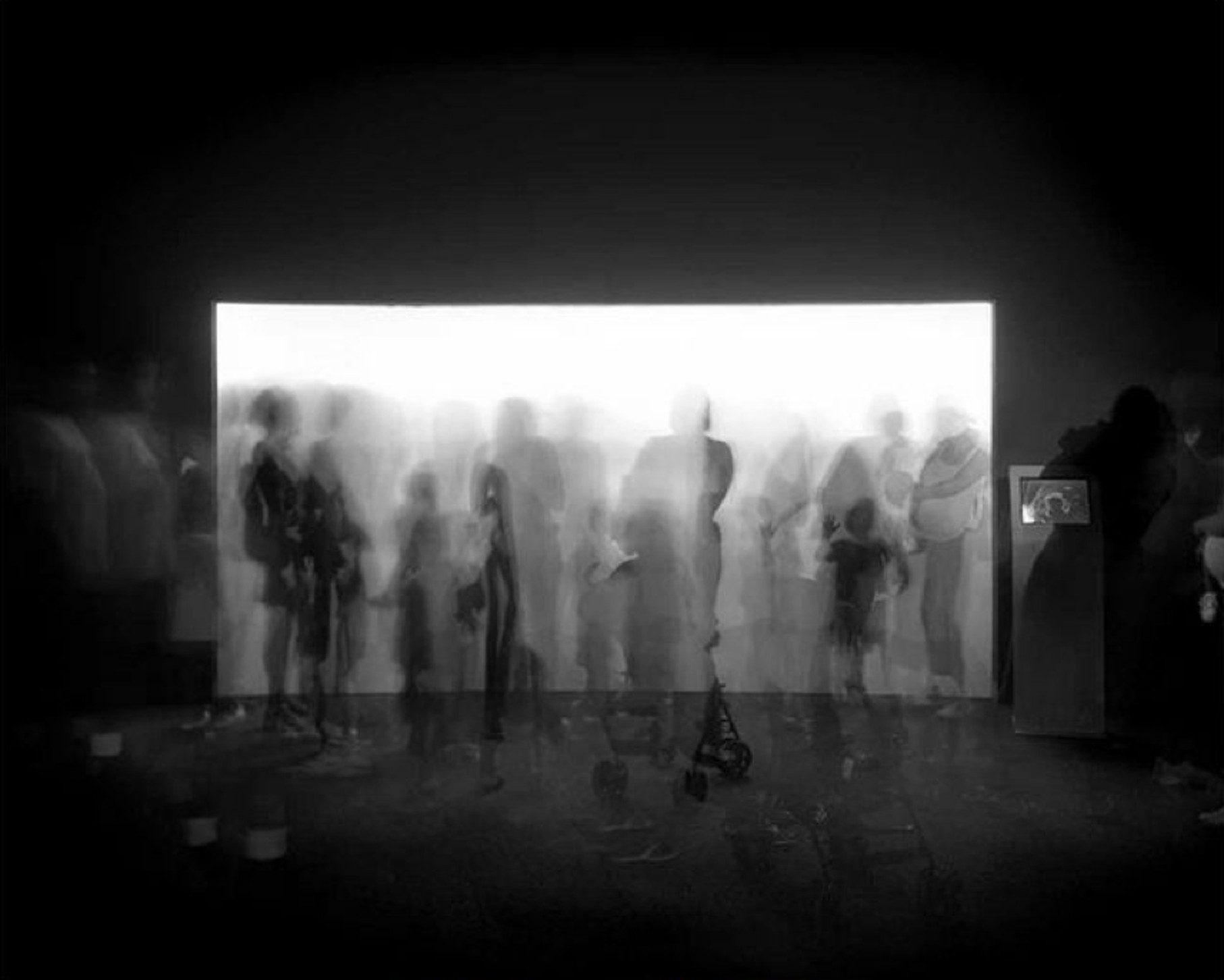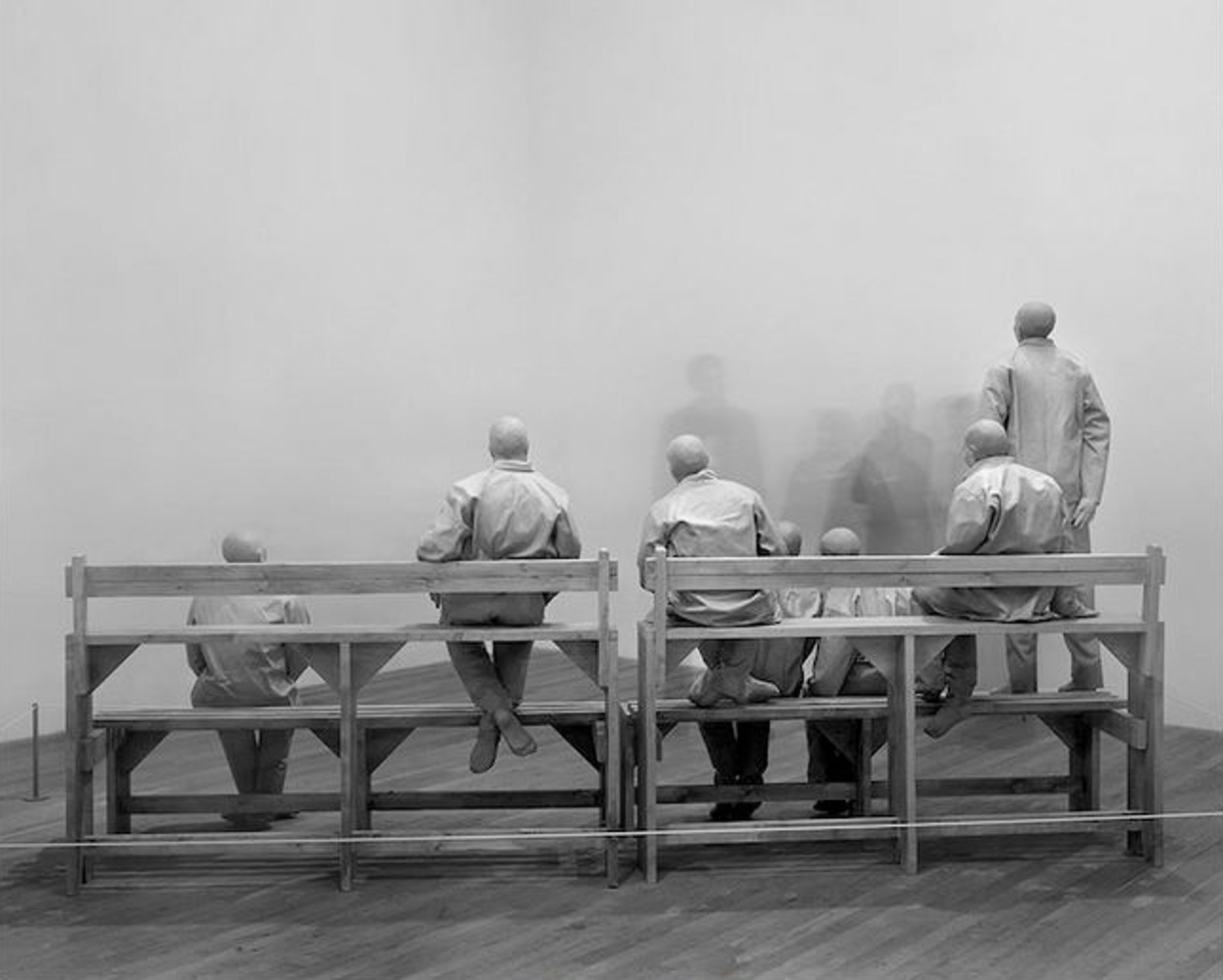Nipple Exposure: Understanding The Facts, Legalities, And Cultural Perspectives
Let’s talk about nipple exposure, shall we? It’s a topic that has sparked debates, controversies, and even legal battles across the globe. From social media platforms to public spaces, the way we perceive and regulate nipple exposure reflects deeply ingrained cultural norms and legal frameworks. But what exactly is all the fuss about? Let’s dive in and unpack the layers of this often misunderstood subject.
Now, before we get too deep into the nitty-gritty, let’s set the stage. Nipple exposure isn’t just about fashion or freedom of expression; it’s a complex issue that intersects with law, morality, and societal expectations. Whether it’s a woman breastfeeding in public or an artist pushing boundaries with their work, nipple exposure challenges us to rethink what we consider appropriate or inappropriate.
And let’s be real, folks—this isn’t just some random topic floating around. It’s something that affects real people, their rights, and how they navigate the world. So, whether you’re here to learn more, challenge your own beliefs, or simply stay informed, you’re in the right place. Let’s break it down, piece by piece, and make sense of it all.
- 10 Trendy Hairstyles For Female You Need To Try In 2024
- Hairstyles For Round Faces Over 50 Finding Your Perfect Look
What Exactly is Nipple Exposure?
At its core, nipple exposure refers to the act of revealing one’s nipples, either intentionally or unintentionally. This can happen in various contexts, from casual settings like beaches or swimming pools to more formal environments such as workplaces or public gatherings. But here’s the kicker—it’s not just about the physical act itself. The perception of nipple exposure is heavily influenced by cultural, legal, and social factors.
In many societies, nipple exposure is often associated with nudity, sexuality, or even indecency. However, this isn’t always the case. For instance, breastfeeding in public is a form of nipple exposure that’s widely accepted in some cultures but still controversial in others. The way we interpret and react to nipple exposure varies greatly depending on where we live and what we’ve been taught.
So, why does this matter? Well, understanding what nipple exposure entails is the first step toward addressing the broader implications it has on individual freedoms, legal systems, and societal norms. And trust me, there’s a lot more to it than meets the eye.
- Pixie Haircut For Older Women A Fresh And Bold Fashion Statement
- Jane Fonda Short Hair Styles A Celebration Of Iconic Elegance
Legal Implications of Nipple Exposure
When it comes to nipple exposure, the law plays a huge role in determining what’s acceptable and what’s not. In many countries, there are specific regulations governing nudity in public spaces, and nipple exposure often falls under these laws. But here’s the thing—not all laws are created equal.
For example, in the United States, laws regarding nipple exposure vary from state to state. Some states have laws that explicitly allow women to breastfeed in public, while others impose stricter regulations on any form of nipple exposure. Meanwhile, in countries like Sweden or Denmark, nipple exposure is generally more tolerated, reflecting a more liberal approach to nudity.
And let’s not forget the impact of these laws on individuals. A person who exposes their nipples in public could face fines, arrest, or even criminal charges, depending on the jurisdiction. This raises important questions about personal freedom, bodily autonomy, and the role of the government in regulating such matters.
Key Laws and Regulations
Here’s a quick rundown of some key laws and regulations related to nipple exposure:
- United States: Laws vary by state, with some allowing breastfeeding in public while others impose restrictions on nipple exposure.
- United Kingdom: The Public Order Act 1986 prohibits indecent exposure, but breastfeeding is protected under the Equality Act 2010.
- Canada: Nipple exposure is generally allowed, especially in the context of breastfeeding or artistic expression.
- Australia: Public nudity laws vary by state, but breastfeeding is protected under federal law.
As you can see, the legal landscape surrounding nipple exposure is anything but straightforward. It’s a patchwork of rules and regulations that often leaves people confused about their rights and obligations.
Cultural Perspectives on Nipple Exposure
Culture shapes the way we view almost everything, and nipple exposure is no exception. In some cultures, exposing one’s nipples is seen as a natural and harmless act, while in others, it’s considered taboo or even scandalous. These cultural attitudes often stem from historical, religious, and social influences.
For instance, in many indigenous cultures, nudity is seen as a symbol of purity and authenticity. Nipple exposure in these contexts is often viewed as a normal part of daily life. On the other hand, in more conservative societies, nipple exposure is heavily stigmatized and associated with shame or immorality.
But here’s where things get interesting—cultural attitudes toward nipple exposure are evolving. With the rise of social media and global connectivity, people are increasingly exposed to different perspectives and ways of thinking. This has led to a growing movement advocating for greater acceptance and understanding of nipple exposure in all its forms.
Breaking Down Cultural Barriers
So, how can we break down these cultural barriers? Education and open dialogue are key. By fostering a more inclusive and accepting society, we can create a space where people feel comfortable expressing themselves without fear of judgment or punishment.
Here are a few ways to promote cultural understanding:
- Encourage open conversations about body positivity and self-expression.
- Challenge stereotypes and misconceptions about nipple exposure.
- Support initiatives that promote gender equality and bodily autonomy.
By taking these steps, we can help shift the cultural narrative around nipple exposure and create a more equitable world for everyone.
Social Media and Nipple Exposure
Love it or hate it, social media has become a powerful platform for discussing and debating nipple exposure. From viral photos to hashtag campaigns, social media has given a voice to those who advocate for greater acceptance and understanding of nipple exposure.
However, it’s not all sunshine and rainbows. Many social media platforms have strict content policies that regulate nipple exposure, often leading to controversial decisions and public backlash. For example, Facebook and Instagram have been criticized for censoring images of women breastfeeding or topless, while allowing similar images of men.
This double standard has sparked heated debates about gender equality and freedom of expression. Many argue that these platforms should adopt more inclusive policies that respect individual rights and cultural differences. Others believe that some level of regulation is necessary to maintain a safe and respectful online environment.
Navigating Social Media Policies
So, how can we navigate these complex social media policies? Here are a few tips:
- Understand the platform’s content guidelines and adjust your content accordingly.
- Use hashtags and captions to clarify the intent behind your posts.
- Engage in respectful discussions with others to promote understanding and awareness.
By staying informed and proactive, we can make the most of social media while advocating for greater acceptance of nipple exposure.
Health and Safety Considerations
When discussing nipple exposure, it’s important to consider the health and safety implications. While exposing one’s nipples may seem harmless, there are potential risks to be aware of, especially in public settings.
For starters, prolonged exposure to sunlight can increase the risk of skin damage and even skin cancer. This is why it’s crucial to use sunscreen and protective clothing when spending time outdoors. Additionally, nipple exposure in certain environments, such as workplaces or schools, may raise concerns about professionalism and appropriateness.
But here’s the thing—health and safety considerations shouldn’t be used as an excuse to restrict personal freedoms. Instead, they should serve as a reminder to prioritize safety while respecting individual rights and choices.
Tips for Staying Safe
Here are a few tips for staying safe while embracing nipple exposure:
- Apply sunscreen to protect your skin from UV damage.
- Wear appropriate clothing in settings where nipple exposure may be considered inappropriate.
- Be mindful of your surroundings and respect the comfort levels of others.
By taking these precautions, you can enjoy the freedom of nipple exposure while minimizing potential risks.
Artistic Expression and Nipple Exposure
Art has long been a powerful medium for exploring and challenging societal norms, and nipple exposure is no exception. From paintings to photographs, artists have used nipple exposure to make bold statements about gender, identity, and freedom of expression.
However, artistic expression involving nipple exposure often faces criticism and censorship. Many galleries and museums have been accused of bowing to pressure from conservative groups or corporate sponsors, leading to the suppression of important works of art. This raises important questions about the role of art in shaping cultural attitudes and promoting social change.
So, how can we support artistic expression while respecting diverse viewpoints? By fostering a culture of inclusivity and open-mindedness, we can create a space where artists feel empowered to express themselves freely and authentically.
Challenging Artistic Censorship
Here are a few ways to challenge artistic censorship:
- Support artists who use nipple exposure as a form of expression.
- Engage in discussions about the role of art in shaping cultural attitudes.
- Advocate for policies that protect artistic freedom and diversity.
By taking these steps, we can help ensure that nipple exposure in art continues to inspire and provoke meaningful conversations.
Conclusion: Embracing a More Inclusive Future
In conclusion, nipple exposure is a complex and multifaceted issue that touches on legal, cultural, and social dimensions. By understanding the facts, navigating the laws, and embracing diverse perspectives, we can create a more inclusive and accepting world for everyone.
So, what can you do to make a difference? Start by educating yourself and others about the realities of nipple exposure. Challenge stereotypes and misconceptions, and advocate for policies that promote equality and respect for all individuals.
And remember, folks—this isn’t just about nipple exposure. It’s about creating a world where everyone feels free to express themselves without fear of judgment or persecution. So, let’s keep the conversation going and work together to make that vision a reality.
Got thoughts or questions? Drop a comment below, share this article with your friends, and let’s keep the momentum going. Together, we can make a difference!
- Unleash Your Inner Style Goddess With Alternative Hairstyles For Women
- Senior Citizen Short Haircuts For Women Over 60 Stay Stylish And Confident

exposure1 Media

exposure1 Media

exposure1 Media